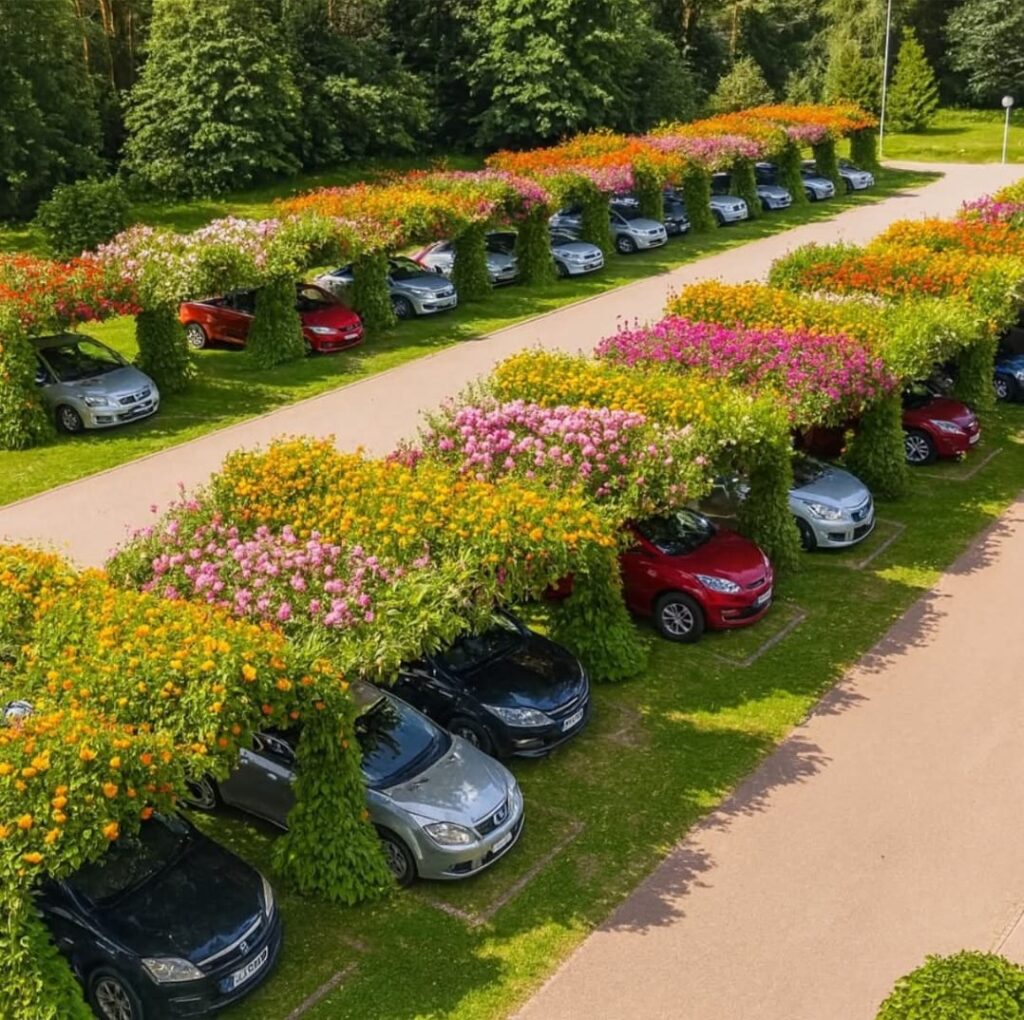
By Dr Rahim Said
Visiting government buildings can be a sobering experience—not because of the paperwork inside, but because of what greets you outside.
Walk through the outdoor car parks of most ministries, agencies, or training institutes, and the sight can hit you square in the stomach.
The scene is painfully familiar: temporary sheds of steel and corrugated iron, many rusting away and left unpainted. They are practical, yes, but they are also unsightly, as if someone had borrowed a set from Back to the Future and left us trapped in a 1980s time warp.
For a nation that boasts of having “graduated” into developing-country status, the effect is ego-deflating. We tell ourselves we are modern, innovative, and forward-looking, yet our public spaces send an entirely different message: one of neglect, cheap stopgaps, and a strange comfort with mediocrity. It is as if we say, “This is good enough”—when, in fact, it is not.
But it doesn’t have to be this way.
At our neighbourhood mosque, Masjid Saidina Umar Al-Khattab in Bukit Damansara, the roofs of the outdoor car park are now lined with solar panels. Instead of dull, rusty sheets, you see a purposeful, environmentally friendly structure generating clean energy—quietly, efficiently, and with dignity. It is the sort of sight that makes you pause and think: “Why aren’t all car parks like this?”
The Japanese, of course, have taken the idea further. Many of their car parks are topped not with iron or panels, but with flowering gardens. Imagine that: a roof that not only shades cars but blossoms with seasonal colour, cooling the air and delighting the eye.
A once-barren slab of steel transformed into a hanging garden of sorts. It is not futuristic technology; it is a simple, human decision to choose beauty over bleakness.
Now, consider INTAN in Bukit Kiara, the pride of the civil service. Every morning, as I draw my curtains, my eyes fall on its car park roofs. They are depressingly plain, when they could so easily be uplifting. Here lies an opportunity. INTAN is full of talented people, many of them passionate gardeners. Couldn’t they be mobilised to turn the drab into dazzling?
A roof of wildflowers, native shrubs, or even vertical gardens would instantly transform the site into a showcase of what a modern Malaysian institution should look like: sustainable, creative, and inspiring.
The truth is, government car parks are not just places to leave vehicles. They are the first impression the public encounters. They signal whether our institutions value innovation or inertia, pride or neglect. If we cannot beautify even the car parks of our civil service, how can we expect to convince people that the government is capable of grander visions?
Solar roofs, green roofs, flowering roofs—there are plenty of models to follow. What we need is not the technology, but the will.
Start small, start local, and soon we may find ourselves moving not back to the future, but forward to a Malaysia that looks and feels like the modern, confident nation we claim to be.
(The views expressed here are entirely those of the writer)
WE